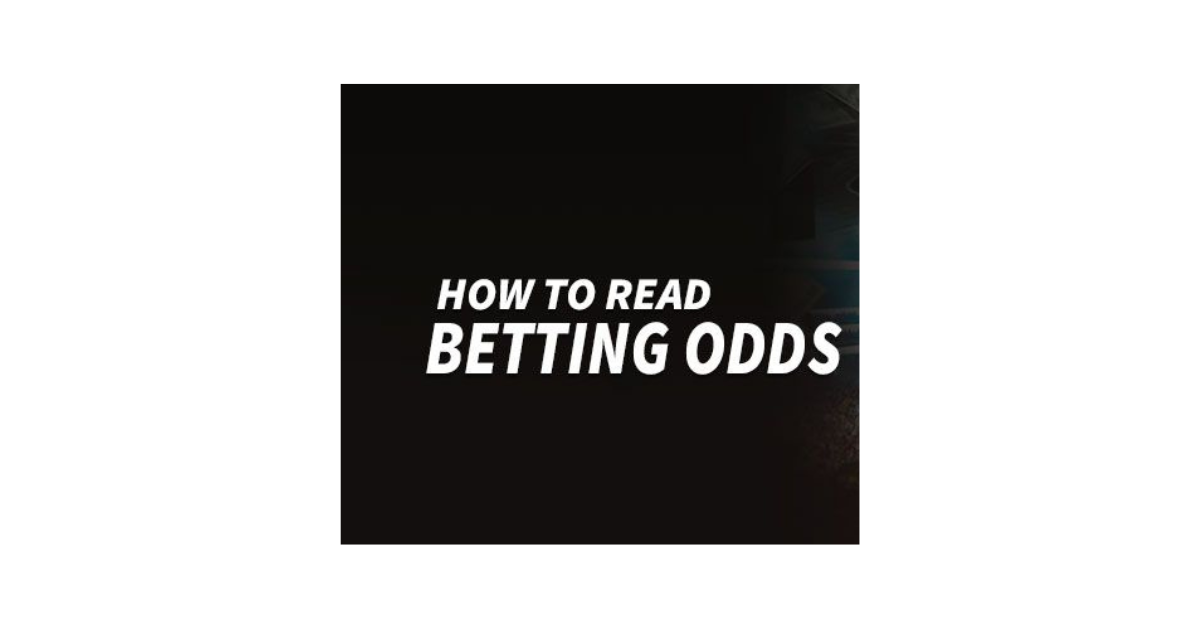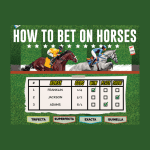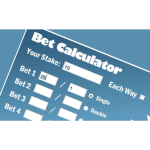Understanding Odds Formats
When it comes to sports betting, understanding odds formats is crucial for making informed decisions. Odds are numerical representations of the likelihood of a particular outcome in a sporting event. They help bettors determine potential payouts and assess the risk involved in placing a bet. There are three common formats used to display odds: decimal, fractional, and American.
Deciphering these formats requires some basic knowledge. Decimal odds show the total payout a bettor will receive, including their initial stake, for every unit wagered. Fractional odds represent the profit a bettor will make on a successful bet relative to their stake. American odds use positive and negative numbers to indicate the potential profit or amount needed to win $100. Understanding how to read and interpret these different formats is essential for navigating the world of sports betting.
Positive and Negative Signs
When it comes to odds in sports betting, you will often come across positive and negative signs that play a crucial role in determining potential payouts. Positive odds are usually represented by a plus sign (+) and indicate the expected profit you could make from a successful bet. For instance, if you see odds of +200, it means you could win $200 for every $100 wagered.
On the other hand, negative odds are denoted by a minus sign (-) and represent the amount you need to bet in order to win $100. Negative odds show the favored outcome in a match, with lower potential return compared to positive odds. For example, if you encounter odds of -150, it means you would need to bet $150 to potentially win $100.
Calculating Potential Payouts
When it comes to calculating potential payouts in sports betting, it is essential to understand the relationship between the odds provided and the amount of money you stand to win. The formula for calculating potential payouts is quite straightforward, as it involves multiplying your wager by the odds offered, then adding back your original wager. This simple calculation allows you to determine the total amount you will receive if your bet is successful.
For example, if you place a $50 bet on a team with odds of +150, the calculation would be as follows: ($50 x 1.5) + $50, resulting in a potential payout of $125 (profit of $75). On the other hand, if you wager $100 on a team with odds of -200, the calculation would be: ($100 / 2) + $100, giving you a potential payout of $150 (profit of $50). Understanding how to calculate potential payouts based on the odds provided is crucial for making informed betting decisions.
Interpreting Positive Odds
When it comes to interpreting positive odds in sports betting, it’s crucial to understand what these numbers represent. Positive odds indicate the potential profit one can make for every $100 wagered if the bet is successful. For example, if a team has odds of +200, this means that a $100 bet on them would result in a $200 profit, with a total payout of $300.
Positive odds are typically seen in underdog situations, where the likelihood of a particular outcome is lower. When encountering positive odds, it signifies that the sportsbook considers the event less likely to happen, hence the higher potential return on investment. Bettors should assess both the probability of the outcome occurring and the value offered by the odds before making an informed decision on where to place their wager.
Deciphering Negative Odds
When it comes to deciphering negative odds in sports betting, it’s essential to understand what they represent. Negative odds indicate the amount you need to bet in order to win $100. For example, if the odds are -150, you would need to wager $150 to potentially win $100. The negative sign signifies that this is the amount you must risk in order to make a profit.
Furthermore, negative odds reflect the favored outcome in a betting scenario. The lower the negative number, the more likely the event is considered to occur according to the sportsbook. It’s important to keep in mind that while negative odds may indicate a higher probability of winning, they also come with a higher risk due to the larger amount that needs to be wagered.















